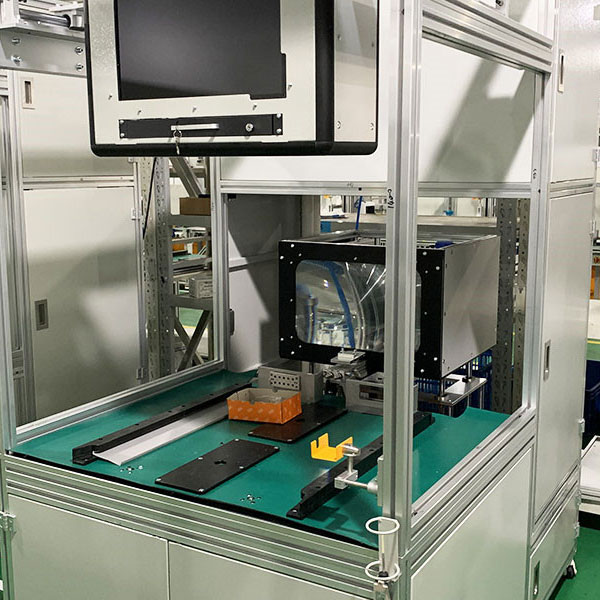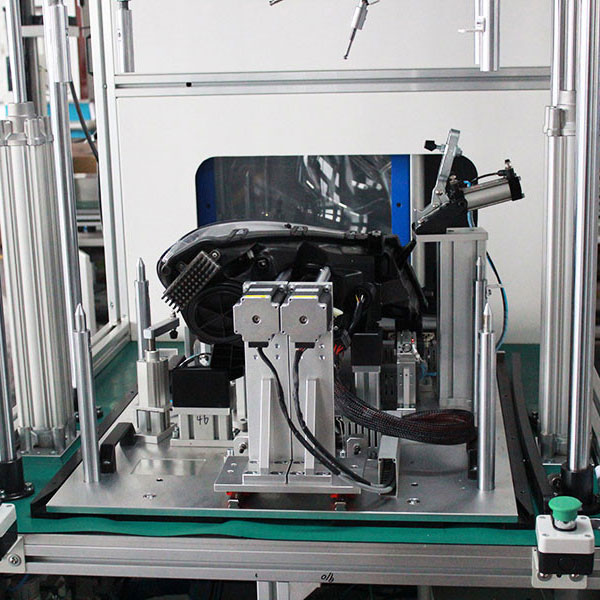The Science Behind Photometry: How Light Behavior Impacts Automotive Safety Standards By Jinway Technology Co., Ltd.
In the modern automotive landscape, lighting serves not only as a design element but as a vital safety mechanism. As vehicles become faster and road environments more complex, the performance of lighting systems becomes critical to ensure visibility and prevent accidents. Photometry—the science of measuring visible light—has become central to automotive lighting design and validation. At Jinway Technology Co., Ltd., we specialize in test systems that translate photometric science into practical safety and compliance assurance for manufacturers.
Understanding Photometry
Photometry measures how light is perceived by the human eye. It involves quantifying visible light in terms of brightness, intensity, and distribution. Key photometric units include luminous intensity (candela), luminous flux (lumen), illuminance (lux), and luminance (candela/m²). These measurements help evaluate how light sources will perform under real-world conditions and are essential in assessing how effectively a headlamp or signal lamp will serve its safety function.
The Connection Between Light and Safety
Accurate photometric performance in vehicle lighting directly impacts road safety. Headlamps must offer sufficient reach and spread to give drivers enough time to identify hazards. At the same time, rear lights, brake lights, and indicators must be bright and consistent enough to be noticed immediately by surrounding drivers. A lamp that performs poorly—even by small margins—can lead to delayed reactions and increased collision risk, especially at night or in poor weather.
Meeting Global Safety Regulations
Photometric standards are strictly defined by regional and international bodies, including ECE regulations in Europe, FMVSS in the United States, and GB standards in China. These regulations dictate the allowable light intensity, beam angles, and performance zones for every type of vehicle lamp. Photometric testing ensures that each lighting system complies with these regulations before it reaches the market. Jinway’s test solutions are built to meet all these compliance requirements.
Testing Solutions at Jinway
Jinway Technology Co., Ltd. provides advanced optical test systems that allow manufacturers to verify photometric performance with accuracy and efficiency. Our portfolio includes goniophotometers for beam distribution testing, integrating spheres for flux and uniformity measurement, and automated test stations that simulate operating conditions. These systems are designed to assess not just the light output, but also alignment, stability, and consistency in mass production environments.
Testing Beyond Brightness
Modern lighting systems are more complex than ever. With the adoption of LEDs, adaptive driving beams (ADB), and pixel-based lights, manufacturers must validate many more variables beyond brightness. These include beam shaping, glare control, color temperature, and dynamic light behavior. Jinway’s test platforms are equipped to assess these advanced parameters, ensuring the systems not only meet safety standards but also provide enhanced functionality.
Photometry in Intelligent Lighting
Smart lighting systems use real-time data from sensors and vehicle systems to dynamically adapt light patterns based on road conditions, speed, and traffic. These innovations require photometric systems that can handle dynamic testing and simulate real-world driving conditions. Jinway offers testing technology that integrates motion systems, cameras, and signal inputs to verify intelligent lighting behavior accurately.
The Impact on Real-World Safety
Data shows that better lighting can significantly reduce road accidents, particularly at night. Properly aligned and tested headlamps improve hazard detection, while high-visibility tail lamps reduce rear-end collisions. By providing precise and automated testing systems, Jinway helps manufacturers ensure every vehicle meets the highest safety standards, contributing directly to safer roads.
Evolving with the Future
As automotive lighting continues to evolve with trends like EVs, autonomous driving, and V2X communication, photometry will play an even larger role. Lighting systems are becoming central to not just visibility but communication and aesthetics. Jinway is committed to evolving its test platforms alongside these innovations—supporting everything from color fidelity to advanced driver assistance system (ADAS) integration.
Conclusion
Photometry is fundamental to ensuring vehicle lighting performs as intended in real-world conditions. It transforms light from a design choice into a verifiable safety component. At Jinway Technology Co., Ltd., our mission is to make this transformation possible through reliable, high-precision photometric testing solutions. As the industry moves forward, we remain dedicated to supporting safety, compliance, and innovation in automotive lighting.







